The LEAP Boiler Replacement Scheme
Whilst some households can be supported in repairing or replacing their boiler through the Energy Company Obligation (ECO) or other funding sources, it may take a significant period of time to process their application and complete the repair or installation. Other households will not be eligible at all due to the nature of their property or their location.
The LEAP Boiler Scheme is part of the overall LEAP programme. It is available to qualifying residents that have been referred to LEAP by one of our referral partners / energy company funders where the applicant will engage in the holistic support offered by LEAP. The scheme is not open to applications from the general public.
For a household to be deemed eligible for LEAP Boiler Scheme the following statements must apply:
- They have been identified as being in fuel poverty or in a fuel poverty risk group and
- at least one person resident in the household is:
- aged 65 or over,
- under the compulsory school age,
- or is suffering from significant health problems or has a disability
- They must own their home
- They must use gas central heating as their primary heating source
- Their boiler must be broken such that the client is in, or is intermittently in a ‘no heat’ situation
- The property is not considered to be a ‘higher risk’ property e.g., park homes, high-rise buildings and any building that is both traditionally constructed and protected (i.e. listed buildings)
- There must be no other suitable emergency funding that the household can access, this could mean for example that the client would need to pay a contribution they cannot afford or that the timescales for accessing funding are too long given their circumstances


